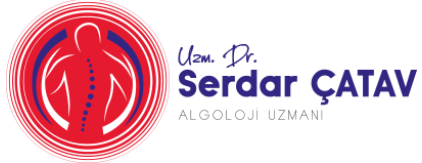The acromioclavicular (AK) joint is a diarthrodial joint that connects the acromion to the collarbone. The AK ligament is weak and provides little joint stability. In contrast, the coracoclavicular ligament provides the main structural support for the joint and is the primary ligament injured in an AC sprain.
Acromioclavicular (AC) joint injuries are common in overhead activity users. Injuries are also common as a result of falls on the shoulder. Patients usually complain of local pain over the joint, crepitation, and pain that increases with lying down or reaching forward on the joint. In the examination, first of all, the joint is evaluated in terms of oedema, ecchymosis and deformity on inspection. With palpation, the presence of joint tenderness and crepitation is checked.
Because the AK joint is a superficial joint, palpation is very important during the injection. The injection can be administered directly intra-articularly with palpation or with the help of ultrasonography (USG). The patient should be informed about the infection and pain that may occur after the injection.
subacromial injection
Important structures that make up the subacromial region include the tuberosity of the humerus, the subdeltoid bursa, the coracoacromial ligament, and the supraspinatus tendon. The shape of the acromion affects the subacromial space and contributes to the impingement syndrome. As the degree of curve in the acromion increases, the susceptibility to impingement syndrome increases.
Indications and diagnosis
Four common indications for therapeutic injection at this site are subdeltoid bursitis, rotator cuff impingement, rotator cuff tendinosis, and adhesive capsulitis. Subdeltoid bursitis (or subacromial bursitis) can be the result of traumatic injury or chronic overuse and often accompanies other shoulder problems. A history of pain in the lateral shoulder and tenderness to palpation along the acromial border indicate a diagnosis of subdeltoid bursitis.
Tendinitis, more appropriately called tendinosis, results from acute or chronic stress on the rotator cuff tendons. Rotator cuff tendinosis is caused by repeated irritation of the rotator cuff below the acromial arch. Repetitive overhead and weight training are the most common causes of rotator cuff tendinosis and impingement. Rotator cuff tendinosis is diagnosed when pain or weakness occurs with a stress test of the rotator cuff muscles.
Adhesive capsulitis can also be treated with a subacromial injection. Subacromial bursitis is involved in most cases of adhesive capsulitis. The use of subacromial corticosteroid injection for adhesive capsulitis should be combined with other treatment modalities, including physical therapy.
The distal, lateral, and posterior margins of the acromion are palpated. Using an aseptic technique, the needle is inserted only lower than the posterolateral edge of the acromion. The needle is directed towards the opposite nipple. The prepared medicine should flow freely into the cavity without causing any resistance or significant discomfort to the patient. It is a short procedure that takes 2 minutes. It is usually administered with other injections.




